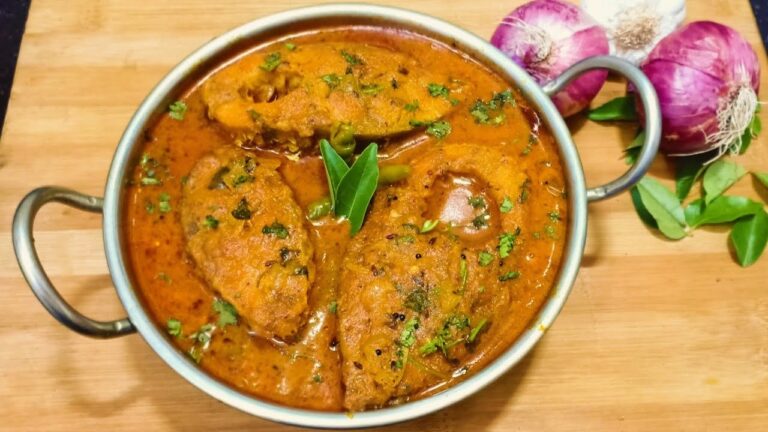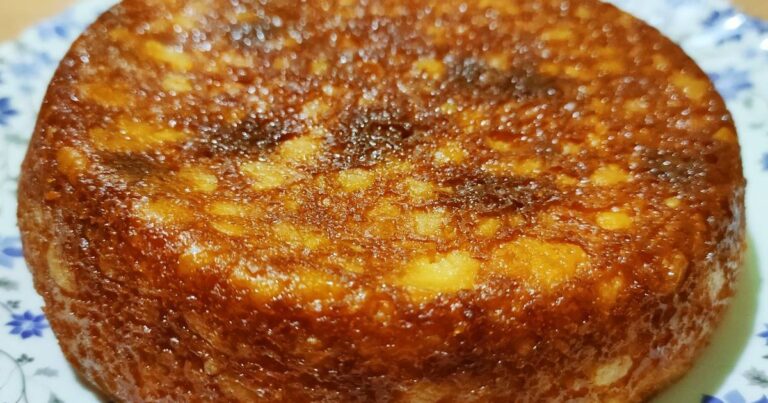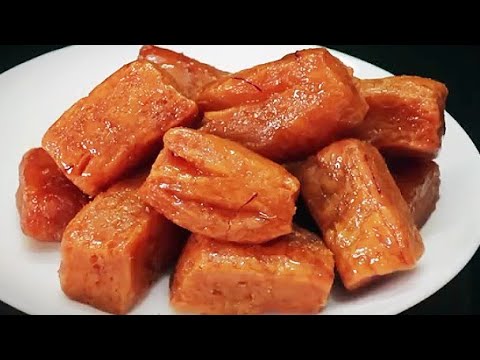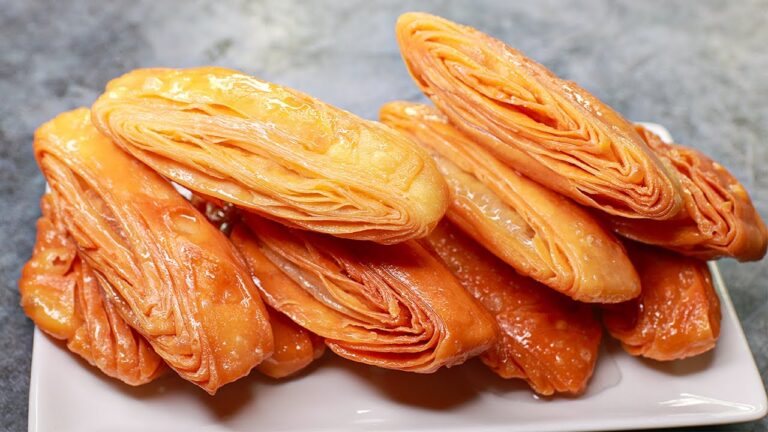Rasagola Recipe
Rasagola, also known as Rasgulla, is a popular Indian sweet made from chenna (cheese curds) and soaked in sugar syrup. It is a traditional dessert from the state of Odisha, India, and is also popular in West Bengal and other parts of the country.
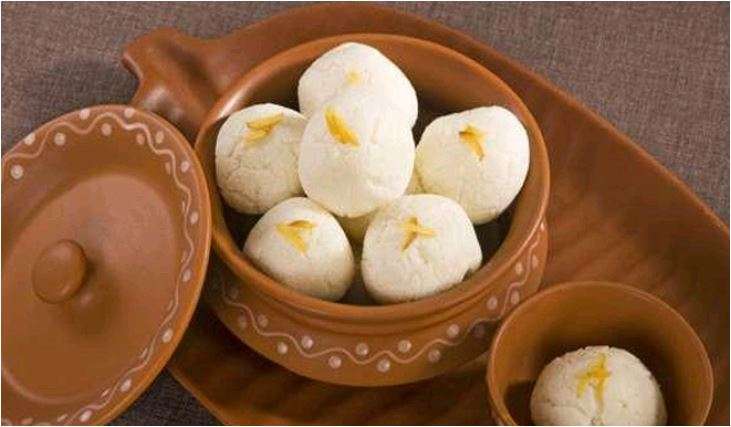
Here’s a recipe to make Rasagola at home:
Ingredients For Rasagola Recipe:
- 1 liter of full-fat milk
- 2 tablespoons lemon juice
- 1 cup sugar
- 4 cups water
- A few strands of saffron (optional)
- 1 teaspoon rose water (optional)
- 1 teaspoon cardamom powder
- Crushed pistachios or almonds for garnishing (optional)
Preparation:
- In a large pot, bring the milk to a boil over medium heat. Stir occasionally to prevent it from sticking to the bottom of the pot.
- Once the milk starts boiling, reduce the heat to low and add lemon juice gradually while stirring. The acid in the lemon juice will help curdle the milk. Keep stirring until the milk curdles completely and the whey separates from the curds. If the whey is not separating, add a little more lemon juice.
- Line a colander or strainer with a clean cheesecloth or muslin cloth. Pour the curdled milk into the cloth to strain the whey. Rinse the curds under cold running water to remove any traces of lemon juice.
- Gather the edges of the cloth and squeeze gently to remove excess whey. Hang the cloth with the curds for about 30 minutes to drain any remaining liquid.
- After 30 minutes, remove the curds from the cloth and transfer them to a clean work surface. Knead the curds with the heel of your palm until they come together and form a smooth, soft dough-like consistency. This process may take about 10-15 minutes.
- Divide the dough into small portions and roll them between your palms to form smooth, round balls. Ensure there are no cracks on the surface of the balls. Repeat this step for the remaining dough.
- In a large pot, combine sugar and water and bring it to a boil over medium heat. Stir until the sugar dissolves completely.
- Gently drop the prepared chenna balls into the boiling sugar syrup. Cover the pot with a lid and let them cook on medium heat for about 15 minutes. The rasagolas will expand in size as they cook.
- After 15 minutes, remove the pot from the heat and let it cool for a few minutes. The rasagolas will shrink slightly as they cool.
- At this stage, you can add saffron strands and rose water to the syrup for added flavor. Let the rasagolas soak in the syrup for at least 1 hour before serving. They will absorb the syrup and become soft and spongy.
- Garnish the rasagolas with a sprinkle of cardamom powder and crushed pistachios or almonds, if desired. Serve them chilled or at room temperature.
Note: The cooking time and yield may vary depending on the size of the chenna balls and the heat intensity. It’s important to monitor the cooking process and adjust accordingly.
History of Rasagola:
| The origin of Rasagola is a subject of debate between Odisha and West Bengal, as both states claim to be the birthplace of this sweet delicacy. Odisha claims that Rasagola has been a part of its culinary tradition for centuries. It is believed to have been invented in Puri, a city in Odisha, during the 12th century. The Jagannath Temple in Puri, which is dedicated to Lord Jagannath, is said to have played a significant role in the creation of Rasagola. It is believed that the temple’s cooks came up with the recipe as an offering to the deities. The tradition of making and offering Rasagola during religious ceremonies and festivals has been followed in Odisha for generations. On the other hand, West Bengal asserts that Rasagola was introduced by a renowned sweetmaker named Nabin Chandra Das in the late 19th century. Nabin Chandra Das, a confectioner from Kolkata, is credited with popularizing Rasagola in Bengal by setting up a sweet shop called “K.C. Das” in 1868. The sweet shop gained immense popularity, and Rasagola became one of its signature offerings. The legacy of K.C. Das and their Rasagola recipe has been carried forward by subsequent generations. Regardless of its exact origin, Rasagola has become a beloved sweet treat across India and is enjoyed by people of all ages. |

